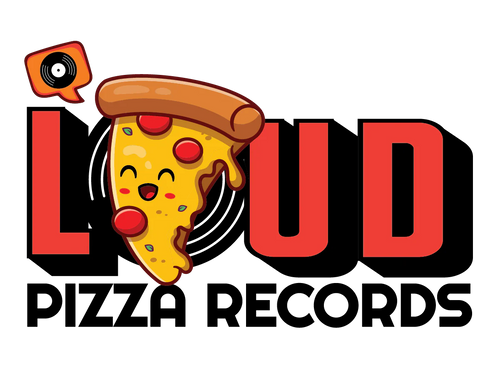Hildur Guonadottir "Joker (Original Motion Picture Soundtrack)"
ALL SALES FINAL ON PRE-ORDERS, RSD TITLES, SPECIAL ORDERS & RESERVE ITEMS. READ REFUND POLICY
FORMAT | LP
"The Joker soundtrack album features an original score by Emmy Award-winning composer Hildur Guðnadóttir (Chernobyl, Sicario: Day of the Soldado), whose composition features the cello as the centerpiece of the score, leading string-based melodies played by a symphony orchestra of 90 musicians. It won the following accolades: WINNER BEST ORIGINAL SCORE, ACADEMY® AWARD, GRAMMY® AWARD, GLOBE® AWARD,
BAFTA® AWARD. To interpret the many themes explored throughout the film, director Todd Phillips very early on turned to the composer. "Hildur was writing music as far back as pre-production. I was sending her script pages and she was writing music before we even shot, and what she did for the film is so unique," says Phillips. Guðnadóttir remarks, "Todd asked me to write some music based on my feelings from reading the script, which I was inspired to do because it truly resonated with me." She sent him a sample and recalls, "The film is a gritty character study, which to me translated to melodies that are very simple and monotonic, because that's kind of the way Joaquin's character Arthur is seeing things. Then I tried to expand within that simplicity the orchestration around Joker's evolution not with chords or any complicated music, but with texture that I felt resonated with the melancholia of this character." The emotional thrum that underscores Rustin's triumphs and challenges amid one of the country's most significant moments in history, is captured through Grammy-winning jazz and classic artist and composer Branford Marsalis' score. Captured in multiple cities - New York, Los Angeles, San Francisco, Charlotte and New Orleans - the soundtrack was recorded digitally, then mixed to analog 2-track before being mastered digitally. That includes the track "Show Me Your Ideas," one of the score's more energetic contributions. The song seemingly captures the initial rhythm of an idea and the eventual buzz of collaboration. It was, according to Marsalis, the byproduct of a scene that required he "create a sound that delivered enthusiasm sonically." "There are plenty of versions of that in the 60s. Blue Note Records required most of the musicians they hired to record to have at least one funky blues song on their records," he continues. "Listening to Blue Note records by Lee Morgan, Hank Mobley, Art Blakey, Herbie Hancock to name a few, gave me a great sonic template to create the sound that we felt best fit the scene." The track's big band approach helps it fluctuate between a single and collective sound - something that speaks to the larger reality of Rustin's work within the Civil Rights Movement. A singular activist could conceive of a particular initiative or effort, but to carry it out on the scale necessary to create change, they'd need to eventually be open to and rely on others. "Much of what I write has roots in the music that I've listened to. This is kind of an old R&B way of writing: start with the bass, then the drums, then the other instruments," Marsalis says. "One version of this style - off the top of my head - is Herbie Hancock's song 'Chameleon.' I didn't think of it as a metaphor, but I was mindful of the fact that the scene starts with Bayard speaking alone, and gradually more and more of the students participate in the dialogue." Marsalis says much of the soundtrack, including "Show Me Your Ideas," was inspired by Wolfe's own music interests as a fan of blues, and it's variations - jazz, gospel and R&B, to name a few. But it's that big band sound - "brass (trumpets and trombones), as well as woodwinds (five-piece saxophone section)" - that most effectively captures the emotion of the sequence it soundtracks.
RELEASE DATE |




















